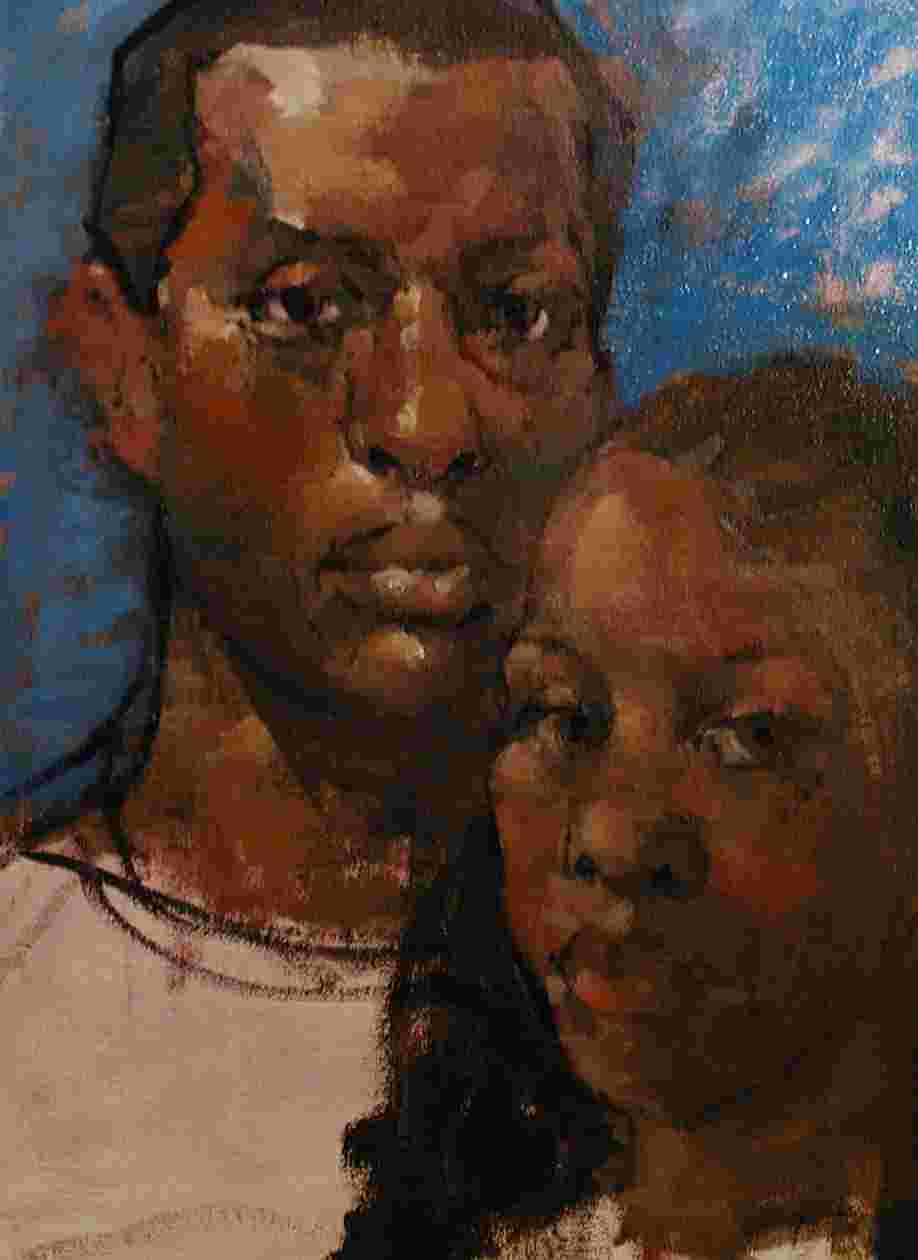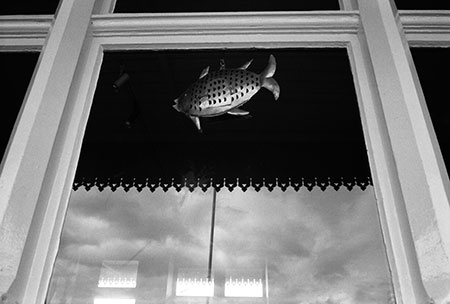I’ve never needed an artist’s statement professionally. Probably I never will – I have no ambition to do the sorts of things that require them. However, if I did need one, I know I would have great difficulty in getting away with my working statement: This is what I saw. Even if I stretch that out into longhand – these photographs are representations, to the best of my ability, of what I saw – I only get to fourteen words.
I’ve updated my photo home page.
I’m writing about this again now, because I was recently asked by Lisa Call to explain what I meant when I said “art isn’t about communication. I am trying to communicate nothing. This is just what I saw.” Specifically she said “Colin could you expand on these comments? It is what you saw – but you put it here for us to see and to react to. Isn’t that a form of communication?”.
Now, I’ve had enough debates about the communication thing to know that, er, some of you disagree with me (one part of the debate is archived here, and I wrote an article which is here). I’ve no particular desire to go over that ground again, because it seemed to me that it was a matter of belief, and beliefs are not challenged by arguments. What I want to try to do here is to answer Lisa’s question in practical terms.
It is a fair question. If I’m not communicating when I put one of my pictures on display, then what am I doing?
I need to invoke a level one cut-off. I am saying here is a photograph. I think that that is about as uninteresting as communication can get, and even if I didn’t say it, the photograph would sort of say it for me. Please ignore this level.
What am I doing?
My photo home page has contained the following statement for some time: “I’m showing them to help create a dialogue, and with the hope that they may raise a smile, create an understanding or just generally do some good, some how, some where.” There are two parts to this, which I’ll deal with in reverse order:
a) smiles, understandings, and good: this is the altruism motive. I go to places like this every day for enjoyment. You post. I post. We both smile. I don’t think that this needs further explanation.
b) creating a dialogue: this is the potentially confusing area. I want to hear what you think about my photos. Not whether you think that they are sharp enough or whether the sky is blue enough – there is a place for that, but web reproductions aren’t usually worth the effort. No, I want to hear about what they make you think. I do this for purely selfish reasons, because some of you, some times, think something that adds to my thoughts and allows me to see better in the future. This is actually at its most interesting when your reaction is very different from mine. When there is no obvious flow between me seeing and creating, and you reacting. You have my attention the most when you have seen something that I didn’t.
If Winogrand is right and photos are new facts then they are interesting special cases to practise seeing on. If I can’t see what you can see in the photograph then I have to ask myself why? And is it interesting? It is much more difficult to have the same conversation about the real world. It is too big and we might not be looking at the same thing. Observation changes reality’s cat. Time creates difficulty. Things change whilst they are being described. On the other hand, photos are dimensionally limited. They don’t react to being observed. They do not change signficantly during a viewing period. And my photos are something that I think that I’ve looked at. That I think that I understand. Show me a new way of looking at them and boy, am I interested. I’m learning.
There are a couple of subsidiary things going on. I’m one of those human being thingies, so like everybody else I get high on random praise. Getting a few ‘the best photo ever’ comments never did anybody any harm.
I also use my photos as gateways to communication. Here I am on Photostream and Art & Perception (dual posting) talking about stuff – both through the comments and by email – with dozens of people that I’ve never met (it is sometimes slightly spooky that the conversations are overheard by quite so many thousands of you, which is why my email address is so freely available). The communication is about art. Not the other way around.




